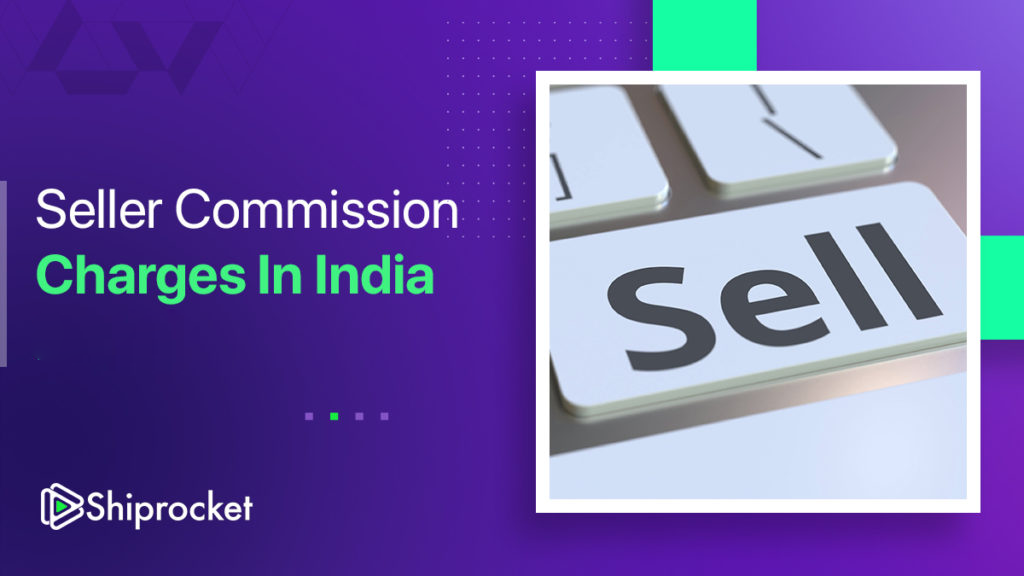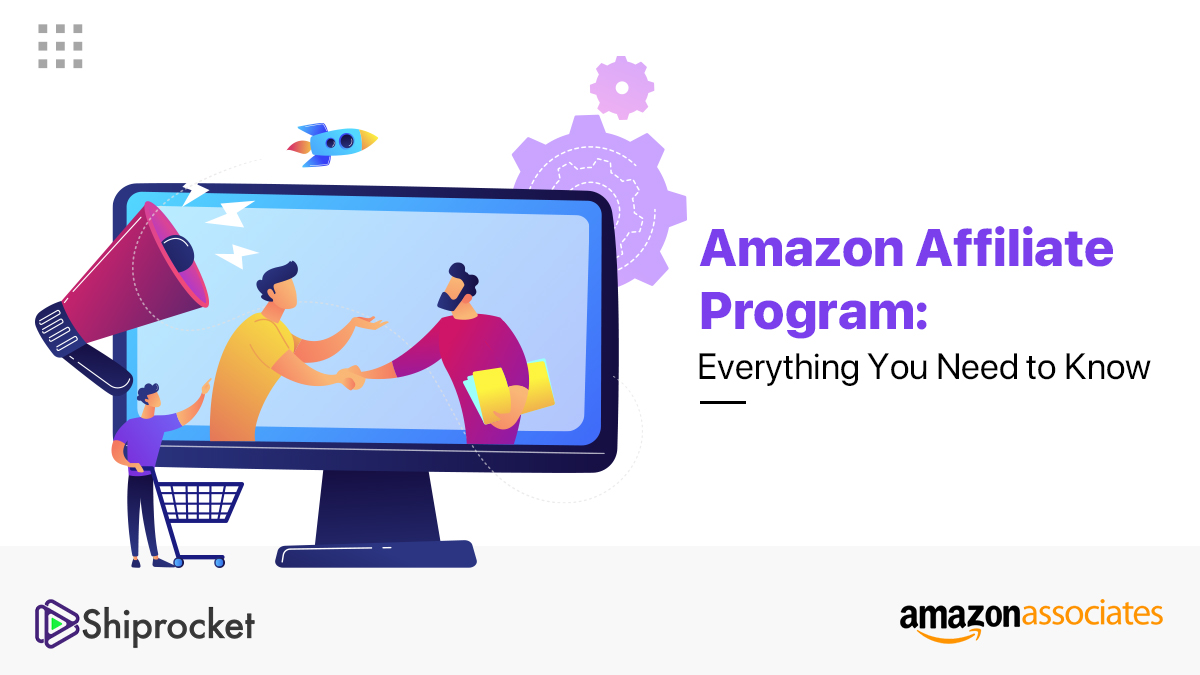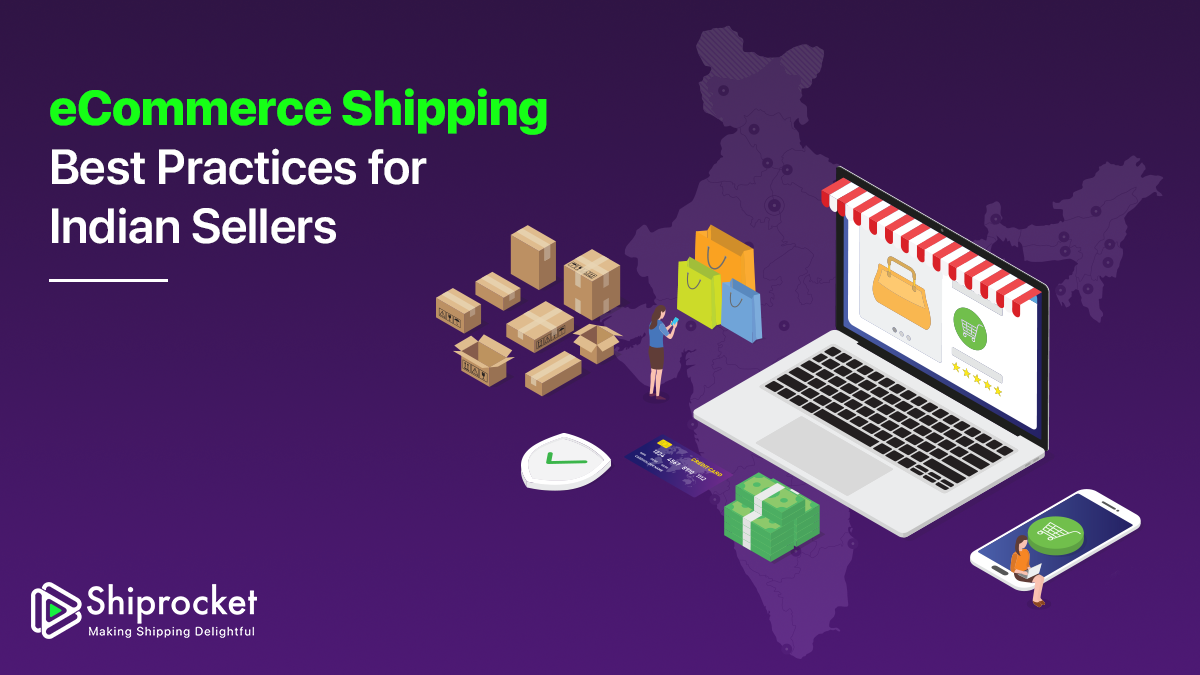What is Google Shopping vs. Google Shopping Ads: A Comparison
Did you know that Google Shopping can drive up to 30% more traffic to your online store? In the ever-evolving e-commerce landscape, leveraging platforms like Google Shopping and Google Shopping Ads can significantly boost your business’s visibility and sales. But what exactly are these tools, and how can they benefit your e-commerce venture? In this blog, we’ll delve into the differences between Google Shopping and Google Shopping Ads, helping you understand their unique advantages and how to optimize them for your business.
Understanding Google Shopping
What is Google Shopping?
Google Shopping is a service from Google that allows users to search for, compare, and shop for products from various retailers. Launched in 2002 as Froogle, it was rebranded as Google Product Search in 2007 and finally became Google Shopping in 2012. The platform works by aggregating product listings from online stores, which users can browse and filter based on their preferences.
Key Features of Google Shopping
Google Shopping offers several key features that make it a valuable tool for e-commerce businesses:
-
Product Listings: Retailers can list their products on Google Shopping, making them visible to potential customers searching for similar items.
-
Integration with Google Merchant Center: Businesses can manage their product data and feed through the Google Merchant Center, ensuring accurate and up-to-date information.
-
Price Comparison: Users can compare prices from different retailers, making it easier to find the best deals.
Benefits of Google Shopping
Utilizing Google Shopping can bring numerous benefits to your e-commerce business, including:
-
Increased Visibility: Your products can appear in Google search results, reaching a broader audience.
-
Enhanced Customer Reach: Google Shopping connects you with potential customers actively searching for products you offer.
-
SEO Advantages: Product listings on Google Shopping can improve your website’s search engine ranking, driving more organic traffic.
-
Cost-Effective: Google Shopping is free to use, making it an affordable option for businesses of all sizes.
Understanding Google Shopping Ads
What are Google Shopping Ads?
Google Shopping Ads are a type of advertisement that appears on Google search results and Google Shopping. These ads showcase your products with images, prices, and store names, helping attract potential buyers. Introduced in 2010, Google Shopping Ads have become a powerful tool for e-commerce businesses looking to increase their online presence.
Key Features of Google Shopping Ads
Some of the standout features of Google Shopping Ads include:
-
Product Image Ads: These ads display product images, making them visually appealing and informative for potential customers.
-
Dynamic Remarketing: Google Shopping Ads can target users who have previously visited your site, reminding them of products they viewed but didn’t purchase.
-
Local Inventory Ads: These ads show users if a product is available at a nearby store, driving foot traffic to physical locations.
Benefits of Google Shopping Ads
Investing in Google Shopping Ads can offer several advantages, such as:
-
Targeted Advertising: Reach specific audiences based on their search behavior and interests.
-
High Conversion Rates: Visually rich ads can attract more clicks and conversions.
-
Detailed Analytics: Track the performance of your ads with comprehensive analytics, allowing you to optimize your campaigns effectively.
-
Flexible Budgeting: Control your ad spend with flexible budgeting options, making it suitable for businesses of all sizes.
Google Shopping vs. Google Shopping Ads
Comparison Criteria
To help you decide which platform suits your business needs, let’s compare Google Shopping and Google Shopping Ads based on several criteria:
-
Cost: Google Shopping is free to use, while Google Shopping Ads operate on a pay-per-click (PPC) model.
-
Reach: Google Shopping provides organic reach, while Google Shopping Ads offer paid reach, which can be more targeted.
-
Control: Google Shopping offers less control over product listings, whereas Google Shopping Ads allow for more customization and targeting options.
Pros and Cons
Both platforms have their pros and cons:
-
Google Shopping: Pros include free listings and organic reach, while cons involve limited control over how products are displayed.
-
Google Shopping Ads: Pros include targeted advertising and detailed analytics, while cons involve costs associated with PPC campaigns.
How to Optimize for Google Shopping and Google Shopping Ads
Google Shopping Optimization
To make the most of Google Shopping, consider the following optimization tips:
-
Tips for Product Listings: Ensure your product titles and descriptions are clear and keyword-rich.
-
Importance of High-Quality Images: Use high-resolution images to attract potential buyers.
-
Using Relevant Keywords: Incorporate relevant keywords to improve your product’s visibility in search results.
-
Regular Updates: Keep your product listings up-to-date with accurate pricing and availability information.
Google Shopping Ads Optimization
For optimizing Google Shopping Ads, follow these best practices:
-
Bidding Strategies: Implement competitive bidding strategies to maximize your ad’s visibility.
-
Ad Copy Best Practices: Write compelling ad copy that highlights your product’s unique selling points.
-
Leveraging Analytics for Improvement: Use analytics to track performance and make data-driven adjustments to your campaigns.
-
Ad Extensions: Utilize ad extensions to provide additional information and enhance your ads’ effectiveness.
Tips for Using Google Shopping for E-commerce
Setting Up Google Shopping Campaigns
Here’s a step-by-step guide to setting up your Google Shopping campaigns:
-
Create a Google Merchant Center account.
-
Upload your product data feed.
-
Link your Merchant Center account to Google Ads.
-
Create a Shopping campaign in Google Ads.
-
Set your budget and bidding strategy.
-
Monitor and optimize your campaign regularly.
Maximizing ROI
To maximize your return on investment, consider these strategies:
-
Budget Management: Allocate your budget wisely to ensure maximum impact.
-
Seasonal Promotions: Run seasonal promotions to attract more customers during peak shopping periods.
-
Utilize Shiprocket: Integrate Shiprocket’s logistics solutions to streamline your shipping process and enhance customer satisfaction.
Case Studies
Let’s look at some success stories of businesses using Google Shopping:
-
A small apparel store saw a 50% increase in sales after optimizing their Google Shopping listings and ads.
-
An electronics retailer doubled their ROI through targeted Google Shopping Ads campaigns.
-
A home decor business utilized Shiprocket’s shipping solutions in conjunction with Google Shopping Ads, leading to a 40% reduction in shipping costs and a 60% increase in customer satisfaction.
Value-Adding Element: Expert Tips
Did You Know?
Google Shopping Ads can deliver up to a 30% higher conversion rate compared to traditional text ads.
Expert Insights
“Leveraging Google Shopping effectively requires a combination of high-quality product data, competitive bidding strategies, and continuous optimization,” says an e-commerce marketing expert.
FAQs
What is the difference between Google Shopping and Google Shopping Ads?
Google Shopping is a free service that lists products organically, while Google Shopping Ads are paid advertisements that appear in search results and Google Shopping.
How do I set up a Google Shopping campaign?
Create a Google Merchant Center account, upload your product data feed, link to Google Ads, and create a Shopping campaign.
What are the costs associated with Google Shopping Ads?
Google Shopping Ads operate on a pay-per-click (PPC) model, meaning you pay each time someone clicks on your ad.
Can I use Google Shopping if I have a small business?
Yes, Google Shopping is suitable for businesses of all sizes, including small businesses.
How can I measure the success of my Google Shopping campaigns?
Use Google Analytics and Google Ads to track key performance metrics such as click-through rates, conversion rates, and ROI.
Conclusion
In summary, both Google Shopping and Google Shopping Ads offer unique benefits for e-commerce businesses. While Google Shopping provides free, organic product listings, Google Shopping Ads offer targeted, paid advertising options with detailed analytics. By leveraging both platforms effectively, you can enhance your online visibility, reach more customers, and drive sales.
Ready to take your e-commerce business to the next level? Explore Shiprocket’s logistics solutions to complement your Google Shopping efforts and ensure seamless delivery to your customers.
Integrating efficient shipping solutions with your Google Shopping strategy is crucial for maximizing the benefits and achieving long-term success.






